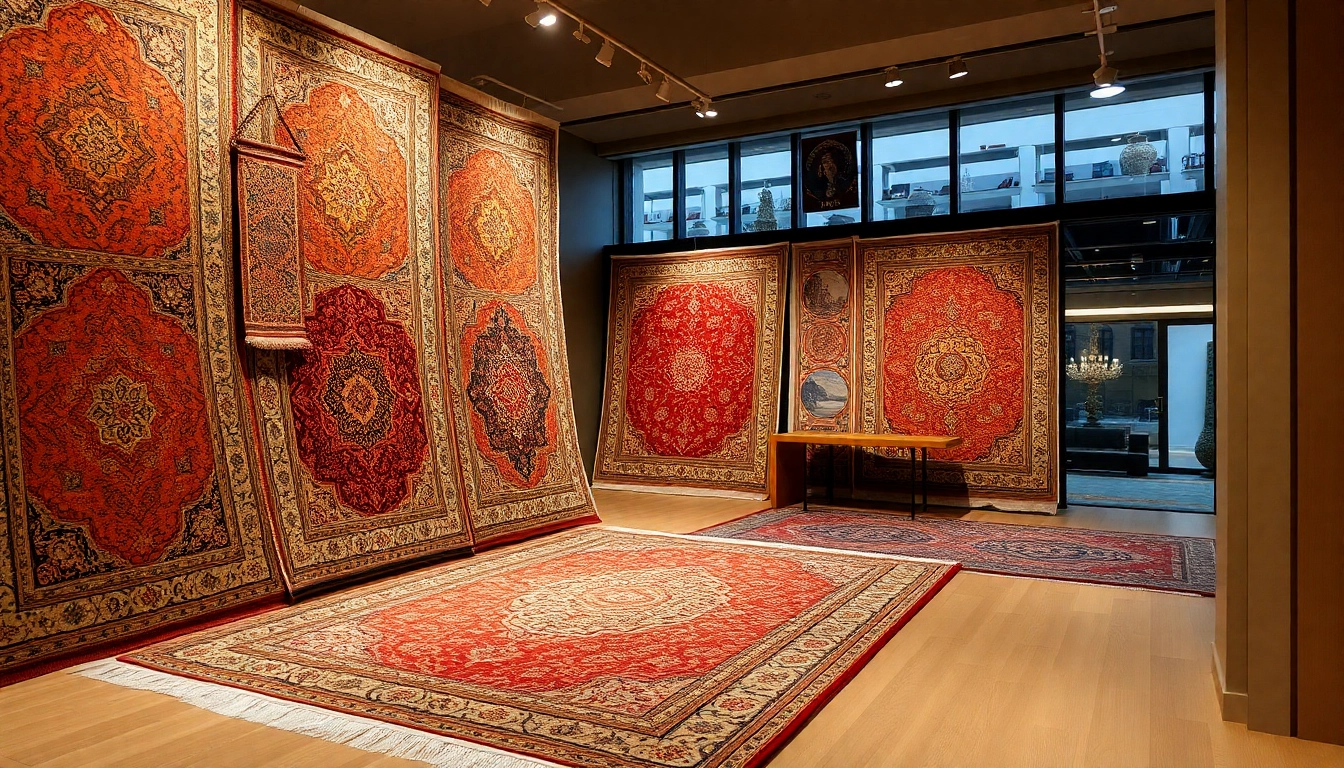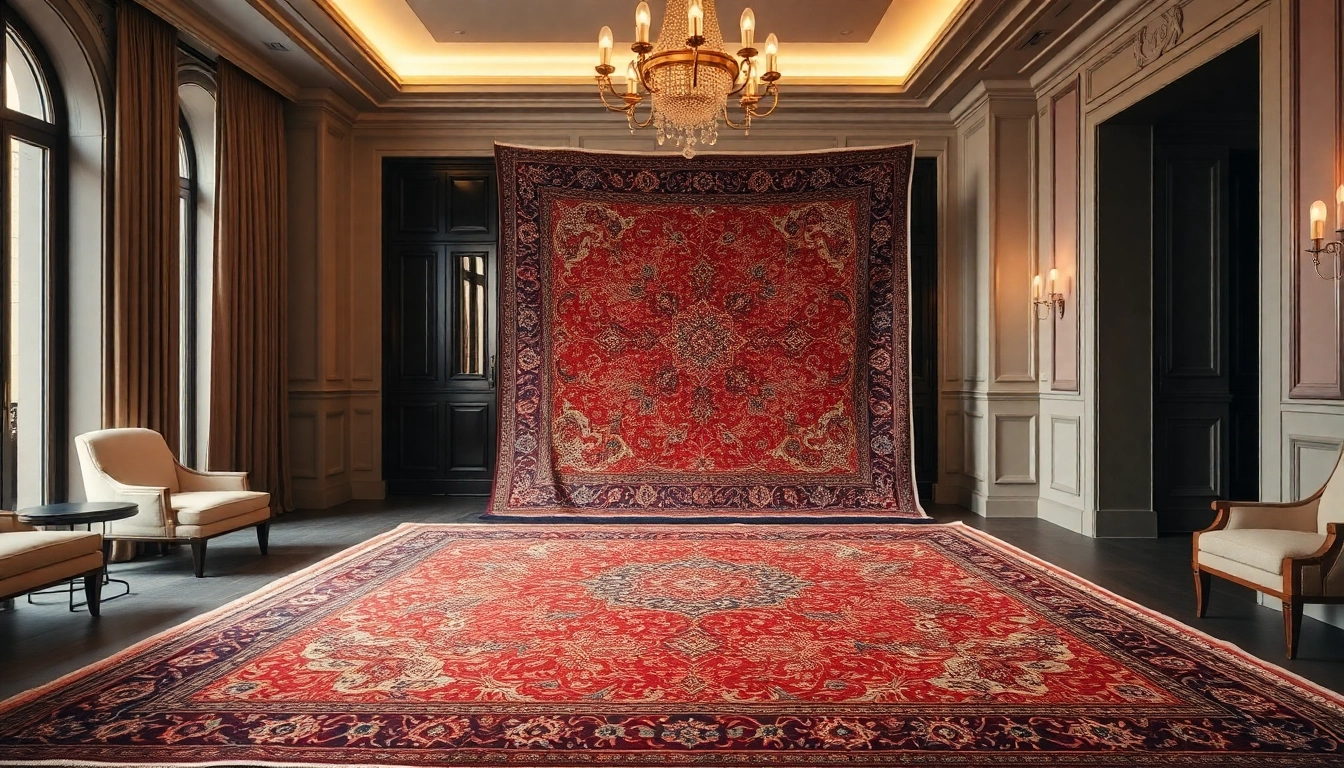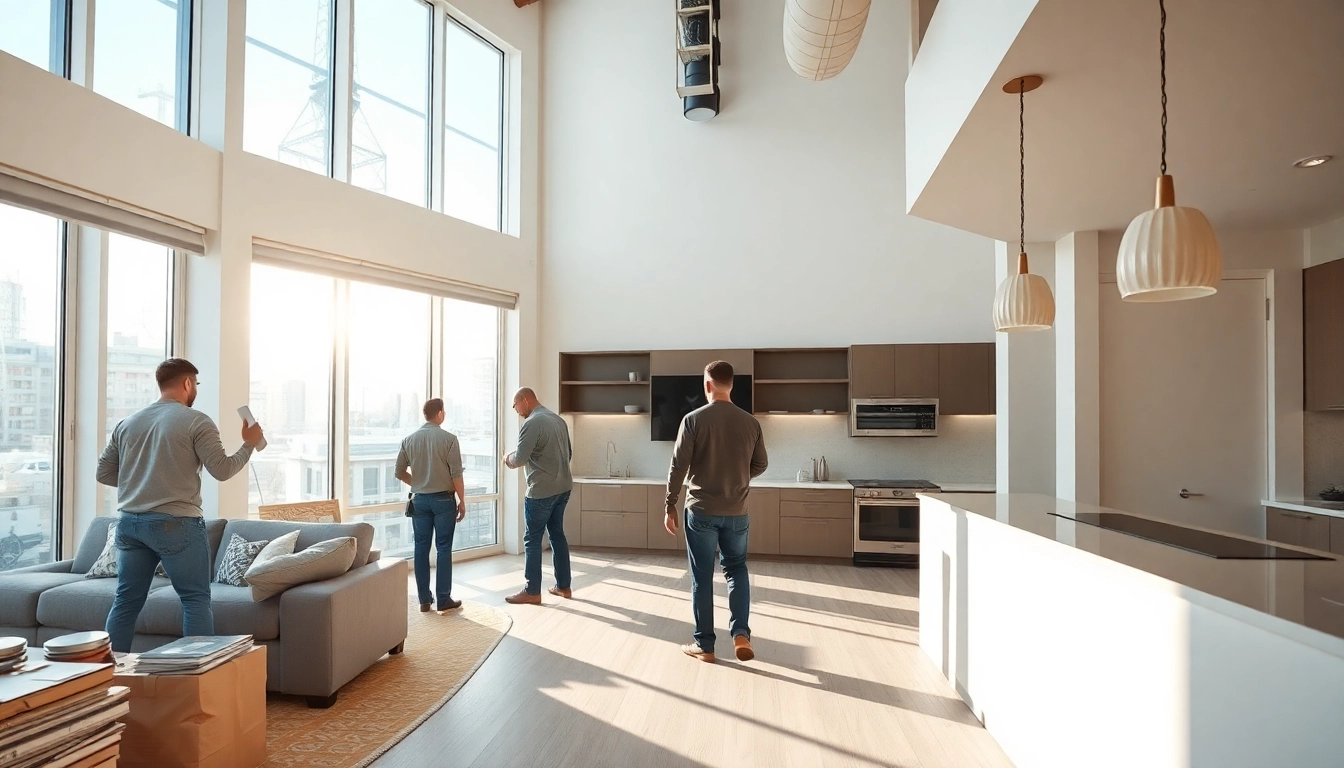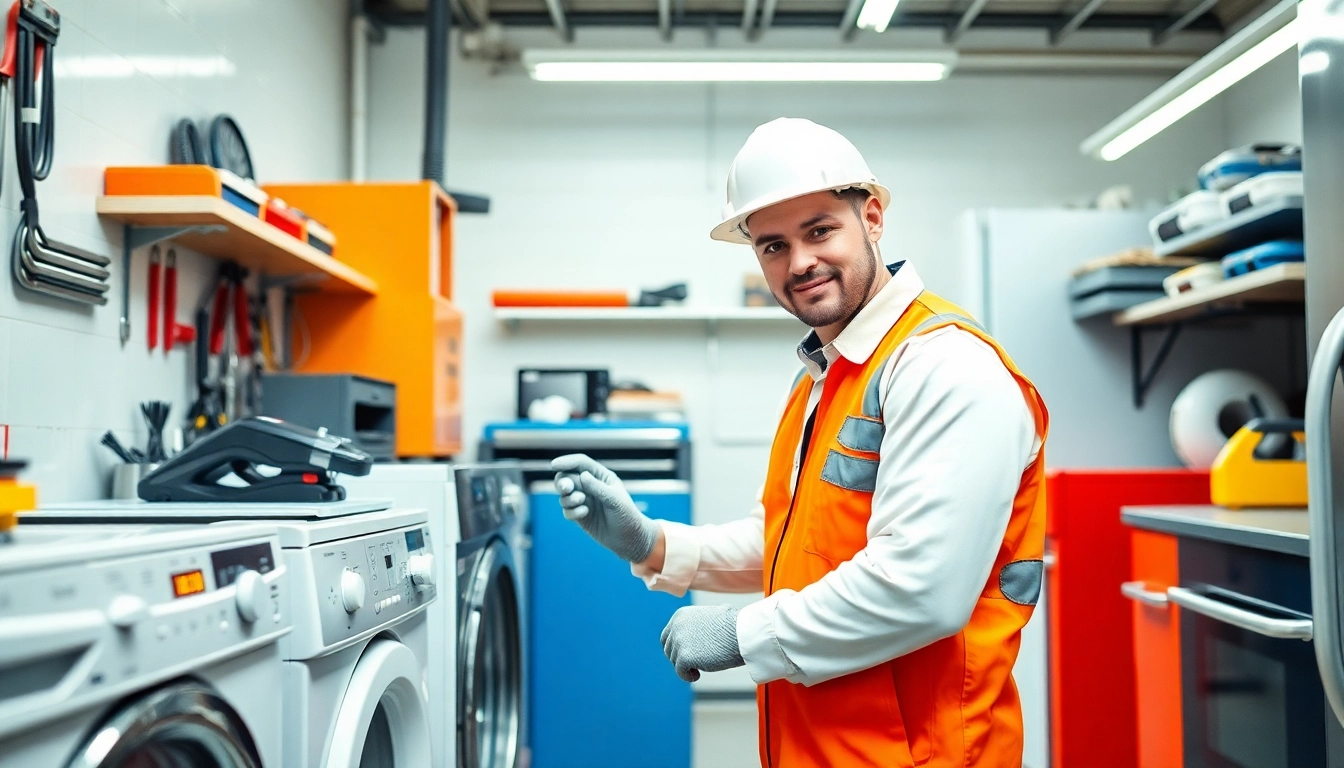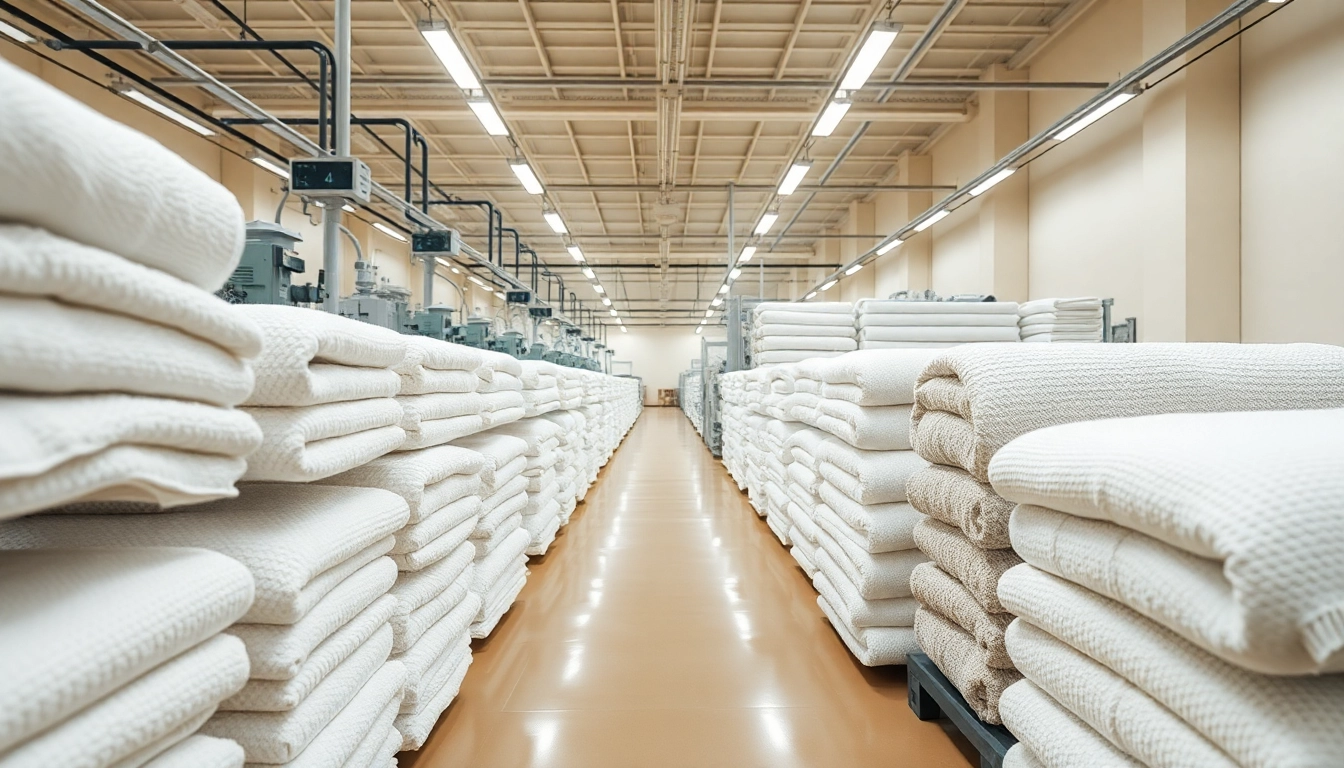Introduction to Tappeto Persiano Milano
The allure of Persian rugs has been celebrated for centuries, symbolizing artistry, luxury, and cultural heritage. In Milan, a city renowned for its fashion, design, and sophisticated aesthetic, the presence of authentic Tappeto persiano Milano is more than just a decoration—it’s a statement of elegance and tradition. These exquisite carpets are not only prized for their intricate craftsmanship but also for their ability to transform any space into a haven of warmth and timeless beauty. Whether you are a collector, interior designer, or homeowner, understanding the significance, selection criteria, and maintenance of Persian carpets is essential to making an informed investment that lasts generations.
Historical Significance and Cultural Heritage of Persian Rugs
Persian rugs, also known as Oriental carpets, boast a rich history stretching back thousands of years. Originating from Iran, each rug embodies a unique cultural narrative, often reflecting regional traditions, mythology, and historical events. Historically, these handcrafted textiles served functional purposes—covering floors, walls, and furniture—and later evolved into symbols of social status and artistic expression.
The art of knotting and dyeing in Persia is a revered craft passed down through generations. Minoan and Persian influences from ancient Persia, through the Islamic Golden Age, have shaped distinctive motifs, such as floral patterns, medallions, and geometric designs. Notable weaving centers, like Ghom, Tabriz, Kashan, and Qum, are world-renowned for producing some of the finest and most valuable Persian rugs.
Today, these textiles are considered cultural treasures and investments, with historical and artistic importance that elevates their value well beyond mere décor.
Why Milano is a Hub for Authentic Persian Carpets
Milan’s status as an international fashion and design capital naturally extends to its vibrant market for luxury handmade goods, including Persian carpets. The city’s blend of tradition and modernity provides an ideal environment for authentic craftsmanship to thrive. Galleries, showrooms, and specialized stores feature a carefully curated selection of genuine Persian rugs, catering to discerning clients who value quality and authenticity.
Moreover, Milan hosts numerous cultural events, exhibitions, and fairs dedicated to Middle Eastern and Oriental arts, which foster a deep appreciation for Persian rug craftsmanship. The city’s strategic position in Europe also makes it accessible for importing high-quality rugs directly from Iran, ensuring authenticity and a broad range of styles and price points.
This combination of cultural richness, expertise, and accessibility makes Milan a prime destination for those seeking authentic Persian carpets, which are appreciated not only as decorative art but also as valuable cultural heirlooms.
Key Features That Distinguish Genuine Persian Rugs
Authentic Persian rugs exhibit several hallmark features that set them apart from imitations or machine-made carpets. Recognizing these qualities ensures buyers make informed decisions and invest in genuine artistry.
- Materials: Hand-spun wool, silk, and natural dyes are standard in high-quality Persian rugs. These materials contribute to their durability, vibrancy, and luxury feel.
- Construction: Knot density, measured in knots per square inch (KPSI), indicates quality. Genuine Persian rugs tend to have dense, precise knots, often exceeding 100 KPSI for fine pieces.
- Design & Motifs: Unique regional patterns such as Herati, Medallion, or Boteh are characteristic. Authenticity is often evidenced by detailed, symmetrical, and well-balanced motifs.
- Backside and Fringes: The intricate knotting should be visible from the back, with signs of craftsmanship. Fringes are typically a continuation of the rug’s foundation, not sewn or glued on.
- Coloration: Use of natural dyes like indigo, madder, and pomegranate yields rich, subtle hues that age beautifully over time.
When purchasing in Milan or elsewhere, consulting with experienced appraisers or visiting reputable showrooms can greatly aid in distinguishing genuine pieces from imitations.
Choosing the Perfect Tappeto Persiano in Milano
Factors to Consider: Size, Design, Materials, and Origin
Selecting the right Persian rug involves assessing various factors that align with your aesthetic preferences and spatial requirements. The size should complement the room dimensions, with common choices ranging from small accent pieces to large area rugs covering entire rooms.
The design and motifs should reflect your personal taste—whether traditional medallion patterns, floral motifs, or abstract geometries—while also fitting your interior style.
Material quality impacts comfort and longevity; natural wool and silk are premium choices, with silk rugs offering a luminous finish but requiring delicate care. Always verify the origin—rugs from regions like Tabriz, Kashan, or Ghom are highly esteemed—and ensure authenticity from trusted Milanese suppliers.
Assessing Quality and Craftsmanship in Milanese Showrooms
Milan features numerous specialized galleries and stores where experts can evaluate quality. Look for knots per square inch, the fineness of design, natural dyeing, and the consistency of craftsmanship. Reputable providers often display certificates of authenticity and provenance.
Don’t hesitate to request detailed information about the rug’s origin, age, and the techniques used. Visiting showrooms allows you to observe firsthand the meticulous handcrafting involved in each piece, a key indicator of genuine pieces.
Tips for Authentic Purchasing and Avoiding Imitations
To avoid counterfeit or low-quality imitations, always buy from established, reputable dealers in Milan with verifiable credentials. Request certificates of authenticity, inquire about return policies, and consider professional appraisals for high-value purchases.
Additionally, learn to recognize signs of machine-made rugs, such as uniform knots and synthetic dyes, which can diminish a rug’s value.
Care, Restauro, and Maintenance Services in Milano
Professional Cleaning and Restoration Specialists in Milan
Proper care extends your Persian rug’s lifespan and preserves its beauty. Milan boasts expert cleaning and restoration specialists who employ traditional and modern techniques to handle delicate weaves and dyes carefully.
Services include deep cleaning with natural detergents, repairing worn fringes, fixing moth damage, and restoring faded colors through expert re-dyeing, ensuring the rug maintains its original splendor.
Preservation Techniques for Longevity and Beauty
Regular vacuuming, avoiding direct sunlight, and rotating the rug periodically help prevent uneven wear and fading. Using protective pads under furniture and limiting foot traffic on fragile areas also preserves integrity.
Professional restorations can address issues like knot damage, color fading, or tears, ensuring the provenance and value of your investment remain intact.
Cost Estimates and Service Selection for Best Value
The cost of cleaning and restoration varies depending on rug size, age, and condition—ranging from a few hundred to over a thousand euros. Always seek multiple quotes from qualified Milanese artisans and verify their expertise through customer reviews and case studies.
Buying Experience and Local Market Insights
Top Stores and Artisans Specializing in Persian Rugs
Milan is home to renowned galleries such as Artorient Milano, Toranj, and Taghavi Tappeti, offering authentic Persian collections. These specialists provide tailored advice, certification of authenticity, and comprehensive after-sales services.
Many stores also host exhibitions and workshops, offering deeper insights into Persian rug weaving techniques and history, enriching buyers’ appreciation.
Pricing Trends and Value Propositions in Milan
Prices for authentic high-quality Persian rugs in Milan can range from approximately €200 for small, less intricate pieces to over €5,000 or more for fine, antique, or silk carpets. Value depends on rarity, craftsmanship, age, and regional origin.
While high prices reflect rarity and quality, many stores also offer mid-range options that showcase authentic craftsmanship at accessible price points, making Milan’s market diverse and inclusive for different budgets.
Customer Testimonials and Before-After Restorations
Satisfied clients frequently highlight the transformation achieved through professional restoration, turning distressed or faded carpets into showroom-worthy pieces. Testimonials reflect confidence in Milan’s experts, emphasizing transparency, expertise, and personalized service.
Enhancing Your Space with a Tappeto Persiano Milano
Interior Styling Tips with Persian Rugs
Integrating a Persian rug into your interior design can add warmth, texture, and cultural depth. Placing a rug under a coffee table, defining seating areas, or using it as a focal point against neutral backgrounds elevates the entire ambiance.
Pairing traditional patterns with modern furniture creates a balanced aesthetic that combines classic elegance with contemporary style.
Combining Traditional Elegance with Modern Decor
To create harmonious interiors, consider using Persian rugs with minimalist, sleek furniture or neutral color schemes. Embedding antique or contemporary Persian pieces within modern settings fosters a unique narrative—an homage to timeless craftsmanship within a contemporary context.
Additionally, accessorizing with vintage Persian accessories or complementary textiles can unify the space, emphasizing cultural richness.
Where to Showcase Your Authentic Persian Rug
Proper placement enhances visibility and preserves the rug’s quality. Use high-traffic but low-abrasion areas like living rooms, entryways, or focal walls. Avoid direct sunlight to prevent fading.
Also, consider installing appropriate padding underneath for protection, comfort, and preventing slipping, ensuring your investment remains pristine for decades.
